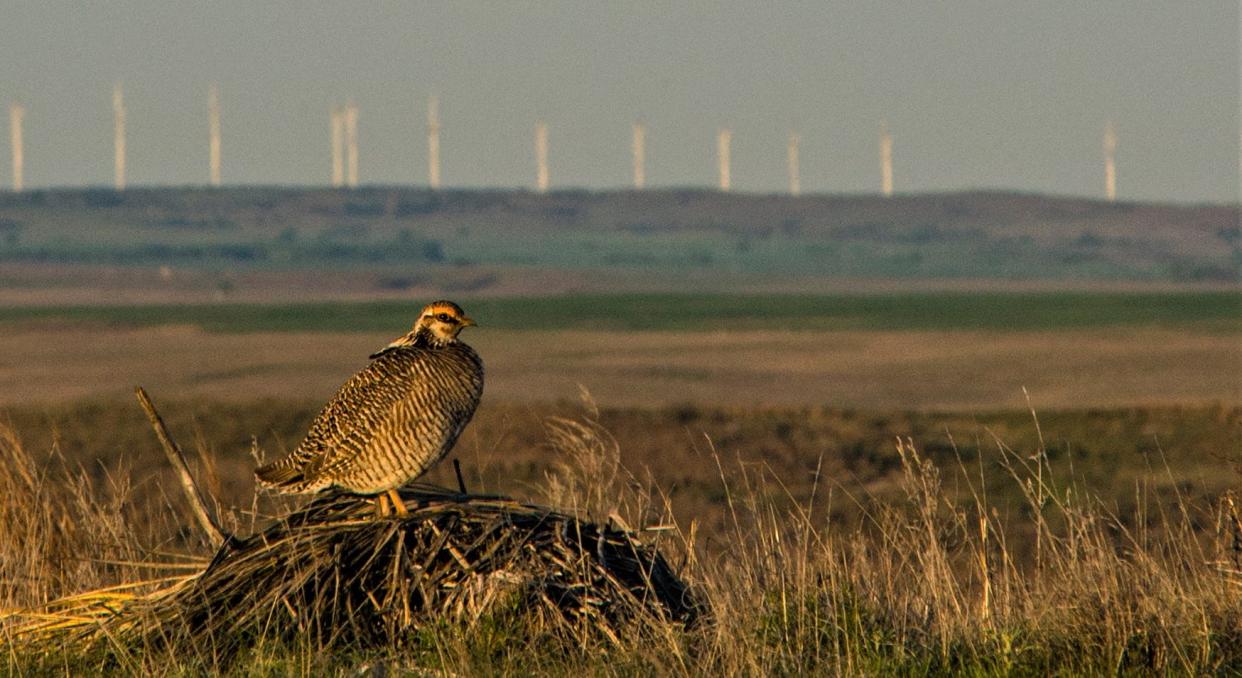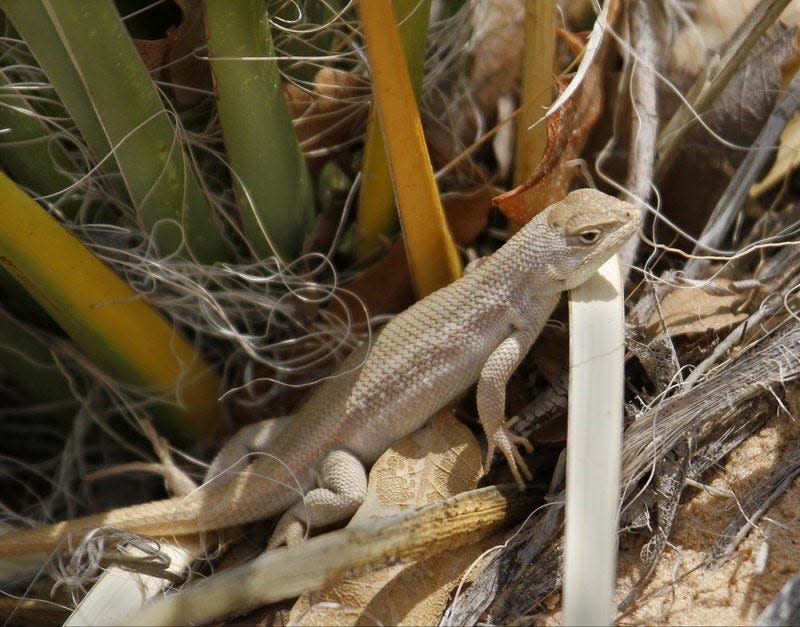U.S. House passes wildlife conservation bill that would support several local species

The U.S. House of Representatives passed a major wildlife bill — in a 231-to-190 vote on Tuesday — that supports the conservation of endangered and threatened species, including hundreds in the High Plains and Panhandle regions.
There are currently more than 13,500 species of “greatest conservation need” throughout the U.S, according to the U.S. Geological Survey, while the Texas Parks and Wildlife Department cites more than 1,300 “species of concern” in Texas alone.
Among those local: the lesser prairie chicken, dune sagebrush lizard, swift fox, common garter snake and numerous bat species, as well as the locally beloved black-tailed prairie dog, which has claimed a tourist spot in Lubbock’s MacKenzie Park and even landed in the journals of Lewis and Clark.

If enacted into law, the Recovering America’s Wildlife Act would award more than $1.3 billion annually to state wildlife departments, U.S. territories and tribal nations to distribute among species conservation efforts.
The new law would amend the Pittman-Robertson Act – now known as Federal Aid in Wildlife Restoration — which Congress approved 85 years ago to support declining populations of wildlife game species. Critics say the 1937 law does not provide sufficient funding toward threatened non-game species.
The Recovering America’s Wildlife Act would also serve as a supplemental bill to the Endangered Species Act of 1973, which provides reactive support toward species loss, said Meredith Longoria, the deputy director of the Texas Parks & Wildlife Department’s wildlife division.
“(The Recovering America’s Wildlife Act) will be a game-changer and will help us be much more proactive, instead of reactive, when it comes to protecting declining and at-risk plants, fish and wildlife,” Longoria said. “It would give us a much, much better chance to get ahead of any federal protections that are necessary to protect species from going extinct, so they won’t need those extra protections (in the Endangered Species Act).”
While the loss of individual species can appear seemingly small, Longoria said all species have a vital role in the ecosystem.
This includes everything from the small-scale engineering of burrowing mammals to the pollinating capabilities of insects and coastline protection of sea life. Longoria also noted potential pharmaceutical benefits of rare, threatened plant species that could never be discovered if their populations continue to dwindle into extinction.
“Everything is linked, and we don’t really always know how everything is linked,” Longoria said. “If one species blinks out, we don’t know what kind of impact that might have on multiple species that rely on that one species. These species that aren’t necessarily charismatic species, like the black bear, are just as important.”
The U.S. House’s version of the bill did not identify a funding source and drew criticism from several Republican representatives who don’t want to create a permanent spending program. Although 16 Republicans supported the House bill, U.S. Rep. Jodey Arrington, R-Lubbock, and U.S. Rep. Ronny Jackson, R-Amarillo, were among the majority in his party who voted against the bill.
The Senate’s proposal includes a suggestion to utilize funds from fines and fees that have been levied against polluters and other violators of environmental damage.
This article originally appeared on Lubbock Avalanche-Journal: U.S. House passes wildlife conservation bill, supporting local species

